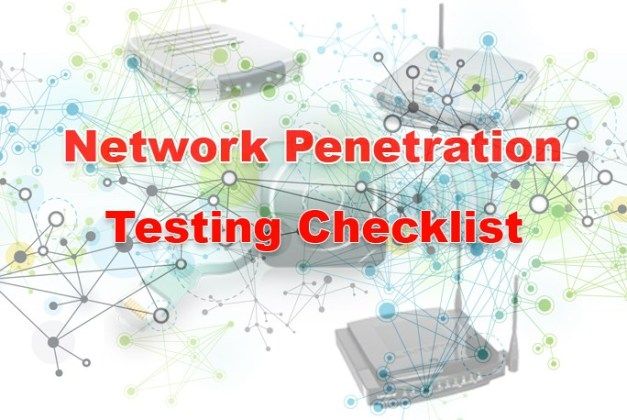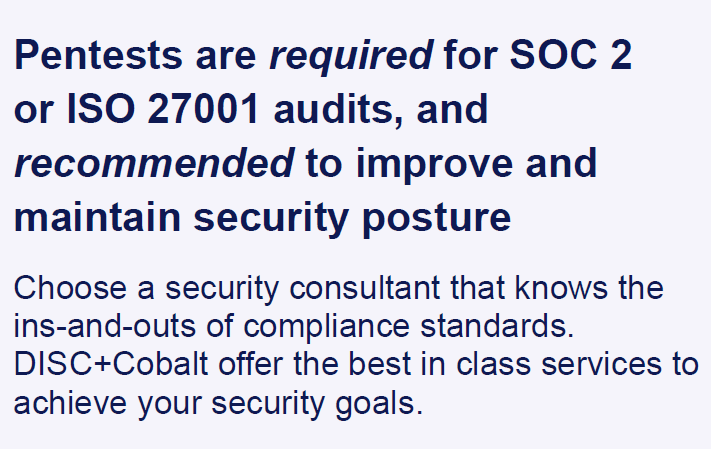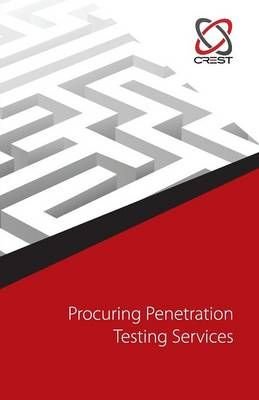Network Penetration Testing determines vulnerabilities in the network posture by discovering Open ports, Troubleshooting live systems, services and grabbing system banners.
The pen-testing helps administrator to close unused ports, additional services, Hide or Customize banners, Troubleshooting services and to calibrate firewall rules.You should test in all ways to guarantee there is no security loophole.
Let’s see how we conduct a step by step Network penetration testing by using some famous network scanners.

1.HOST DISCOVERY
Footprinting is the first and important phase were one gather information about their target system.
DNS footprinting helps to enumerate DNS records like (A, MX, NS, SRV, PTR, SOA, CNAME) resolving to the target domain.
- A – A record is used to point the domain name such as gbhackers.com to the IP address of it’s hosting server.
- MX – Records responsible for Email exchange.
- NS – NS records are to identify DNS servers responsible for the domain.
- SRV – Records to distinguish the service hosted on specific servers.
- PTR – Reverse DNS lookup, with the help of IP you can get domain’s associated with it.
- SOA – Start of record, it is nothing but the information in the DNS system about DNS Zone and other DNS records.
- CNAME – Cname record maps a domain name to another domain name.
We can detect live hosts, accessible hosts in the target network by using network scanning tools such as Advanced IP scanner, NMAP, HPING3, NESSUS.
Ping&Ping Sweep:
Whois Information
To obtain Whois information and name server of a webisteroot@kali:~# whois testdomain.com
- http://whois.domaintools.com/
- https://whois.icann.org/en
Traceroute
Network Diagonastic tool that displays route path and transit delay in packetsroot@kali:~# traceroute google.com
Online Tools
- http://www.monitis.com/traceroute/
- http://ping.eu/traceroute/
2.PORT SCANNING
Perform port scanning using tools such as Nmap, Hping3, Netscan tools, Network monitor. These tools help us to probe a server or host on the target network for open ports.
Open ports are the gateway for attackers to enter in and to install malicious backdoor applications.root@kali:~# nmap –open gbhackers.com To find all open portsroot@kali:~# nmap -p 80 192.168.169.128 Specific Portroot@kali:~# nmap -p 80-200 192.168.169.128 Range of portsroot@kali:~# nmap -p “*” 192.168.169.128 To scan all ports
Online Tools
- http://www.yougetsignal.com/
- https://pentest-tools.com/information-gathering/find-subdomains-of-domain
3.Banner Grabbing/OS Fingerprinting
Perform banner Grabbing/OS fingerprinting such as Telnet, IDServe, NMAP determines the operating system of the target host and the operating system.
Once you know the version and operating system of the target, we need to find the vulnerabilities and exploit.Try to gain control over the system.root@kali:~# nmap -A 192.168.169.128root@kali:~# nmap -v -A 192.168.169.128 with high verbosity level
IDserve another good tool for Banner Grabbing.

Online Tools
- https://www.netcraft.com/
- https://w3dt.net/tools/httprecon
- https://www.shodan.io/
4.Scan for Vulnerabilities
Scan the network using Vulnerabilities using GIFLanguard, Nessus, Ratina CS, SAINT.
These tools help us in finding vulnerabilities with the target system and operating systems.With this steps, you can find loopholes in the target network system.
GFILanguard
It acts as a security consultant and offers patch Management, Vulnerability assessment, and network auditing services.
Nessus
Nessus a vulnerability scanner tool that searches bug in the software and finds a specific way to violate the security of a software product.
- Data gathering.
- Host identification.
- Port scan.
- Plug-in selection.
- Reporting of data.
5.Draw Network Diagrams
Draw a network diagram about the organization that helps you to understand logical connection path to the target host in the network.
The network diagram can be drawn by LANmanager, LANstate, Friendly pinger, Network view.
6.Prepare Proxies
Proxies act as an intermediary between two networking devices. A proxy can protect the local network from outside access.
With proxy servers, we can anonymize web browsing and filter unwanted contents such as ads and many other.
Proxies such as Proxifier, SSL Proxy, Proxy Finder..etc, to hide yourself from being caught.
6.Document all Findings
The last and the very important step is to document all the Findings from Penetration testing.
This document will help you in finding potential vulnerabilities in your network. Once you determine the Vulnerabilities you can plan counteractions accordingly.
You can download rules and scope Worksheet here – Rules and Scope sheet
Thus, penetration testing helps in assessing your network before it gets into real trouble that may cause severe loss in terms of value and finance.
Important Tools used for Network Pentesting
Frameworks
Kali Linux, Backtrack5 R3, Security Onion
Reconnaisance
Smartwhois, MxToolbox, CentralOps, dnsstuff, nslookup, DIG, netcraft
Discovery
Angry IP scanner, Colasoft ping tool, nmap, Maltego, NetResident,LanSurveyor, OpManager
Port Scanning
Enumeration
Scanning
Nessus, GFI Languard, Retina,SAINT, Nexpose
Password Cracking
Ncrack, Cain & Abel, LC5, Ophcrack, pwdump7, fgdump, John The Ripper,Rainbow Crack
Sniffing
Wireshark, Ettercap, Capsa Network Analyzer
MiTM Attacks
Exploitation
Metasploit, Core ImpactThese are the Most important checklist you should concentrate with Network penetration Testing .
You can follow us on Linkedin, Twitter, Facebook for daily Cybersecurity updates also you can take the Best Cybersecurity courses online to keep your self-updated.

Checkout our previous posts on Pen Testing…
Contact DISC InfoSec
InfoSec books | InfoSec tools | InfoSec services






























